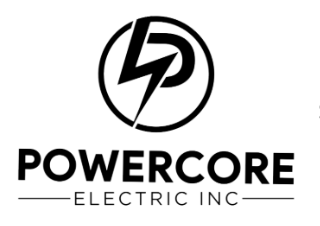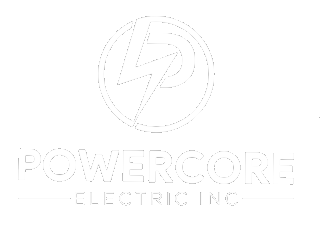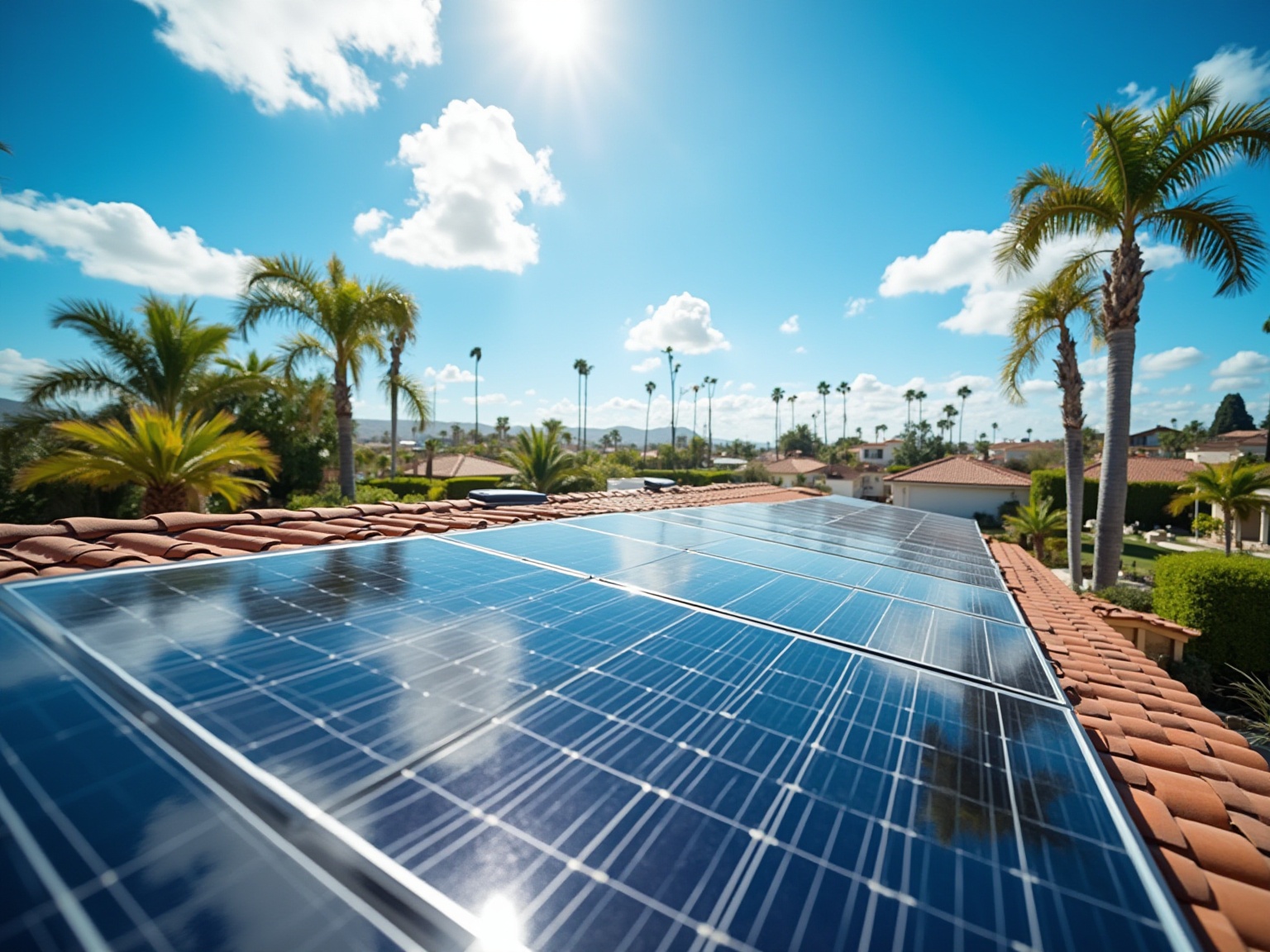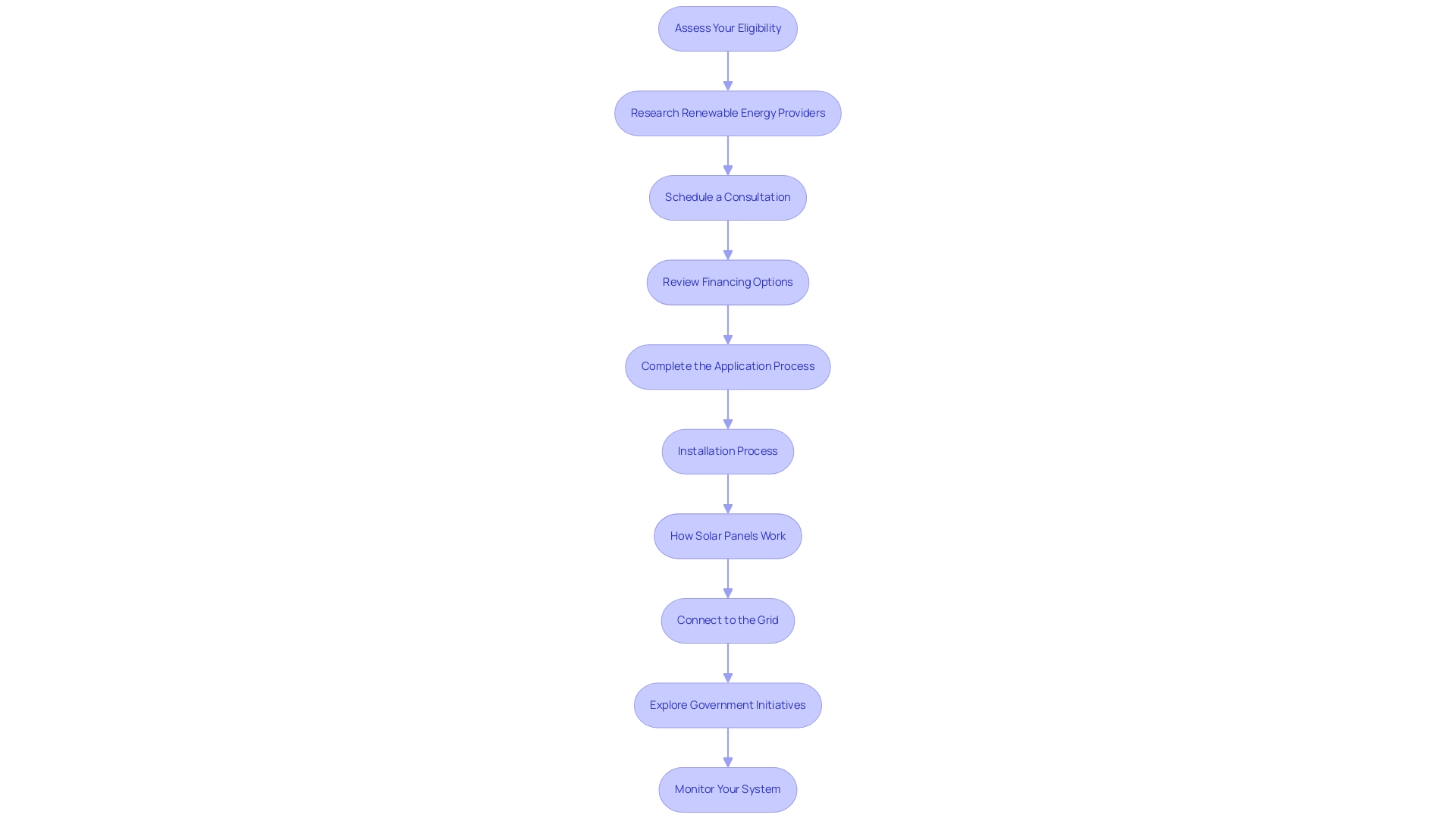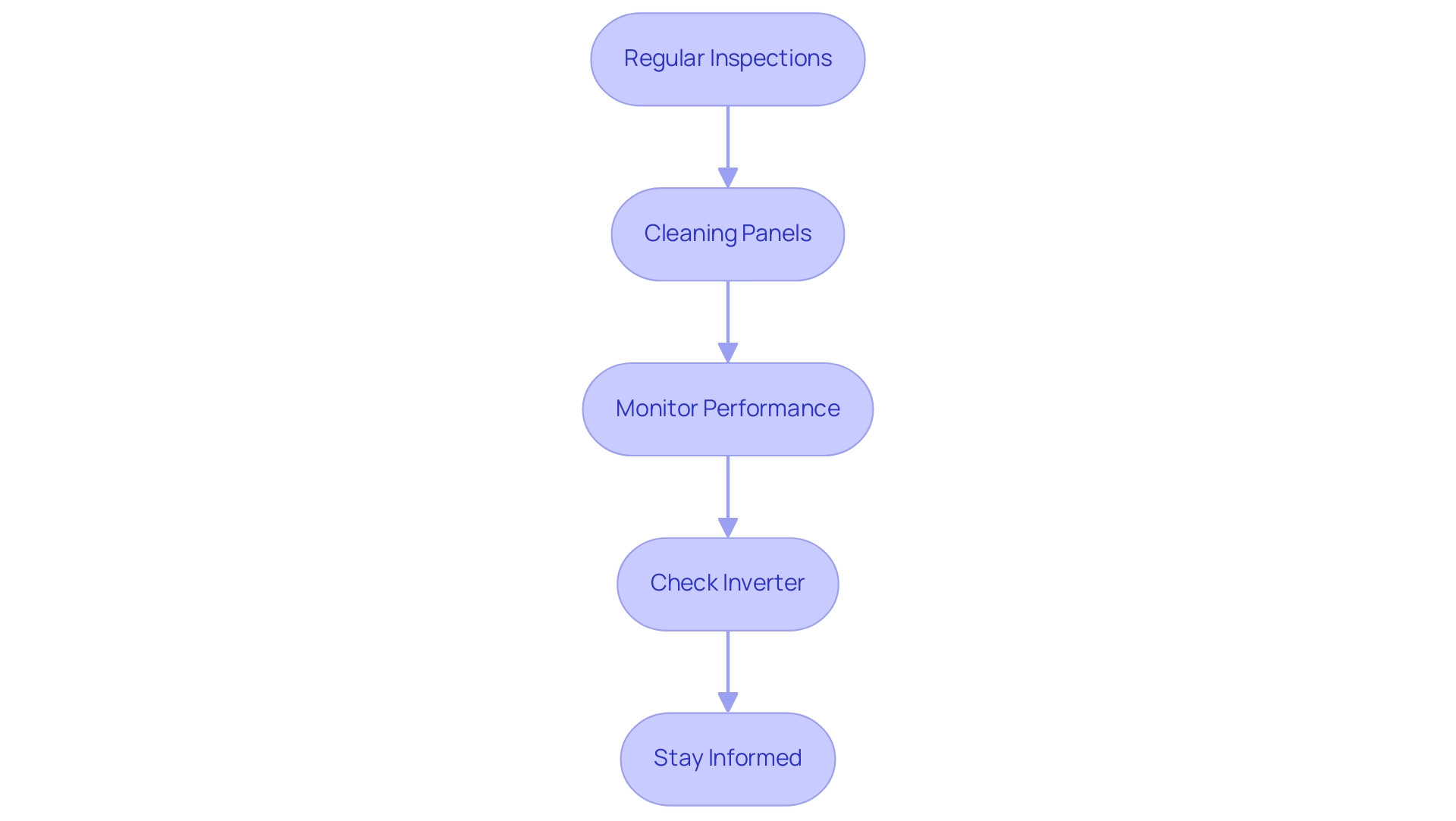Overview
Accessing no-cost solar solutions in California involves navigating various financial incentives such as the California Solar Initiative, federal tax credits, and local utility programs that significantly reduce installation costs. The article outlines a step-by-step process for homeowners, emphasizing the importance of assessing eligibility, researching providers, and utilizing available incentives to make renewable energy accessible and affordable, thus promoting a sustainable future.
Introduction
California is at the forefront of the solar revolution, offering homeowners a remarkable array of financial incentives that make going solar more accessible than ever. With programs designed to alleviate upfront costs and maximize savings, residents can tap into a wealth of opportunities that not only promote renewable energy but also lighten their monthly bills.
From cash rebates to tax credits and community solar options, navigating these incentives can feel overwhelming, but it doesn’t have to be. This guide will break down the essential steps and resources available to help homeowners seamlessly transition to no-cost solar solutions, ensuring they can enjoy the benefits of clean energy while contributing to a sustainable future.
Whether it’s understanding the installation process or exploring community solar programs, there’s never been a better time to embrace the sun’s power in California.
Exploring Financial Incentives for No-Cost Solar in California
California homeowners have a wealth of financial incentives at their disposal, making it easier than ever to embrace no-cost energy solutions. Here’s a friendly rundown of the key programs you should consider:
- California Solar Initiative (CSI): This excellent program provides cash rebates for residential energy systems, significantly reducing the initial expenses of photovoltaic panels, which can range from $15,000 to $30,000 depending on the system size. Check if your utility company participates in the CSI for even more savings—it’s a great way to maximize your investment!
- Federal Investment Tax Credit (ITC): Homeowners can enjoy a substantial tax credit of 26% on the total cost of the energy system when filing federal taxes. This indicates that for a $20,000 setup, you could receive a credit of $5,200. However, it’s crucial to act quickly, as this credit is set to decrease in the coming years, making now the perfect time to invest in renewable energy.
- Property Assessed Clean Energy (PACE): If initial expenses are a concern, PACE financing enables you to finance installations through your property taxes. This means you can make manageable payments over time, and if you decide to sell your home, the new owner can take over those payments—making it a win-win for everyone!
- Net Energy Metering (NEM): With NEM, homeowners can earn credits for any excess energy their photovoltaic panels generate and send back to the grid. These credits can help offset future electricity expenses, which can average around $100 per month, enhancing the cost-effectiveness of your energy system and contributing to overall savings.
- Local Utility Programs: Don’t forget to check with your local utility providers, as many offer unique incentives for photovoltaic setups. These tailored programs can offer even greater savings specific to your area, making renewable energy adoption more accessible.
- Local Tax Incentives: Some local jurisdictions in California provide extra tax benefits for photovoltaic energy systems, including property tax exemptions and sales tax exemptions, further lowering the overall expense of adopting renewable energy and promoting more setups.
By diving into these financial incentives, you can dramatically lower the costs associated with installing photovoltaic panels and potentially even access no cost solar California options. For example, with the combination of these incentives, a homeowner could potentially reduce their total installation cost by over 50%. With California leading the way in renewable energy adoption—boasting over 2,127,724 installations—there’s never been a better time to join the clean energy movement!
As the California Public Utilities Commission (CPUC) states, “This guide is from the California Public Utilities Commission (CPUC), a government agency that regulates privately-owned utilities like Pacific Gas and Electric Company (PG&E), Southern California Edison Company (SCE), and San Diego Gas & Electric Company (SDG&E).
Step-by-Step Guide to Accessing No-Cost Solar Solutions
Accessing no cost solar California energy solutions is simpler than you might think! Here’s a step-by-step guide to help you navigate the process:
- Assess Your Eligibility: Start by checking if you qualify for financial incentives. It’s essential to review your income level and homeownership status since some programs cater specifically to low-income households. Remember, under California’s current incentives, you might be eligible for rebates that significantly reduce your costs.
- Research Renewable Energy Providers: Take the time to look for reputable installation companies in your area. Read customer reviews, ask friends or family for recommendations, and verify each provider’s licenses and certifications. Don’t hesitate to reach out to multiple providers to compare quotes and services that best suit your needs.
- Schedule a Consultation: Once you’ve narrowed down your options, schedule consultations with your top choices. These discussions will help evaluate your home’s energy requirements and explore available solutions tailored to your specific situation.
- Review Financing Options: During your consultation, discuss various financing options like the Property Assessed Clean Energy (PACE) program or no-money-down offers. Make sure to understand the terms and conditions of any financing agreements to avoid surprises down the road.
- Complete the Application Process: When you’re ready, fill out the necessary applications for financial incentives. Most energy providers will assist you with this paperwork, which may require documentation related to your income, property ownership, and utility bills.
- Installation Process: After your applications are approved, your energy provider will schedule the installation. They will manage all necessary permits and inspections. Installation usually takes between one to three days, depending on the complexity of your system.
- How Solar Panels Work: Solar panels convert sunlight into electricity through photovoltaic cells. When sunlight hits these cells, it generates direct current (DC) electricity, which is then converted into alternating current (AC) electricity by an inverter, making it usable for your home. This process enables you to utilize renewable power and decrease dependence on conventional sources.
- Connect to the Grid: Post-installation, your solar system needs to be connected to the grid. Your provider will help with this process, ensuring you can start reaping the benefits of net metering, which currently pays about $0.047 per kWh under NEM 3.0. This financial incentive can significantly offset your energy costs.
- Explore Government Initiatives: In addition to local rebates, efforts like the California Solar Initiative and the Federal Investment Tax Credit (ITC) offer substantial savings for homeowners. These programs can help reduce the upfront costs of installation and provide ongoing financial benefits.
- Monitor Your System: After everything is set up, keep an eye on your system’s performance through the provider’s app or website. This way, you can monitor production and savings, providing you peace of mind and clarity regarding your investment.
By following these steps, you are not only paving the way towards accessing no cost solar California solutions but also contributing to a sustainable future while enjoying savings on your utility bills. As mentioned by industry specialists, “If the ITC is extended, 3.5 percent of U.S. power generation would represent photovoltaic systems by 2022,” emphasizing the increasing significance of renewable sources in our power landscape. Furthermore, programs such as the Virginia Green Power Providers Program demonstrate how renewable power producers can gain from selling their produced electricity, offering even greater motivation for homeowners to explore alternative options.
Remember, many homeowners have successfully navigated this path, showcasing the potential of renewable energy in making a positive environmental impact.
Understanding the Solar Installation Process
Navigating the energy setup process can feel overwhelming, but breaking it down into manageable steps makes it much easier. Here’s what you can expect:
-
Site Assessment: A technician will come to your home to evaluate your roof’s condition, orientation, and shading.
Remember, your roof should ideally be under ten years old to support the longevity of your energy installation. This visit is crucial as it informs the best placement for your energy panels, ensuring maximum efficiency and performance.
-
Design and Proposal: After the assessment, your energy provider will create a tailored design that aligns with your energy needs.
You’ll receive a detailed proposal outlining the system’s specifications, costs, and potential savings. This information empowers you to make an informed decision about your investment in renewable energy.
-
Allowing: Your energy provider will handle all required permits for the setup, ensuring adherence to local regulations and building codes.
Interestingly, 85% of installers using NREL’s SolarAPP+ permitting software report a smoother permitting process, which can streamline your experience and reduce delays.
-
Installation Day: On the big day, a skilled team will arrive to install your photovoltaic panels, inverter, and any additional equipment.
This process typically takes about one to three days, depending on the size of your system and the specifics of your installation.
-
Inspection: Following installation, local authorities will inspect your system to ensure it meets safety and quality standards.
Your renewable service provider will arrange this inspection, giving you reassurance as you begin your journey into sustainable resources.
-
Activation: Once the inspection is successfully completed, your energy system will be activated.
You’ll be prepared to begin producing your own renewable power, lowering utility expenses, improving energy autonomy, and aiding in a more sustainable future!
Along with grasping these steps, think about the significance of battery backups for dependable power during outages and severe weather conditions.
Selecting the appropriate battery can enhance your power storage and guarantee uninterrupted electricity, even when the grid fails. Popular options include lithium-ion batteries, known for their efficiency and longevity, and lead-acid batteries, which are more affordable but have a shorter lifespan.
Additionally, utilize local incentives and rebates offered in Bakersfield for no cost solar California, encouraging renewable resource adoption and making it an even more appealing investment.
As you adopt renewable energy, you’re not just saving money; you’re also participating in a clean power initiative that reduces greenhouse gas emissions and supports job creation in your community.
With over 250 GW of capacity anticipated to be installed in the U.S. from 2024 to 2029, now is a great time to shift to renewable energy and enjoy the numerous benefits it brings!
Maintaining Your Solar System
To keep your solar system running efficiently and ensure you’re getting the most out of your investment, consider these maintenance tips:
- Regular Inspections: Make it a habit to schedule annual evaluations with your energy provider. This proactive approach helps identify any potential issues, like damaged panels or wiring problems, before they escalate. As noted by technicians, consistent inspections can significantly enhance system performance and longevity.
- Cleaning Panels: A clean energy panel is a happy energy panel! While rain can help wash away some dirt, if you’re in a particularly dusty area, it’s wise to give them a clean every few months. Research shows that neglecting maintenance can result in an overall revenue loss of 4.3%, with 0.83% attributed to thermal losses due to soiling. Optimizing your cleaning frequency can significantly enhance your panels’ efficiency, as highlighted by Noha M. Hassan, who states, “This study aims to determine the optimum cleaning frequency that maximizes power gain while minimizing cleaning costs.” Additionally, the median loss rate for photovoltaic system performance is 0.75% per year, with 90% of systems encountering less than a 2% loss each year. Ensuring your panels are free of dust and debris is essential not just for performance but also for your sustainability objectives, as clean surfaces contribute to a more environmentally friendly home.
- Monitor Performance: Take advantage of the monitoring system installed by your energy provider. By monitoring your system’s power production, you can quickly spot any significant drops in performance. If something seems off, don’t hesitate to reach out to your provider for assistance.
- Check Inverter: Your inverter plays a crucial role by converting sunlight energy into usable electricity. Regularly check its indicator lights; if you see any warning signals, it’s time to consult your energy provider to ensure everything is functioning properly.
- Stay Informed: Knowledge is power! Keep up with any updates or recalls related to your energy equipment. Your provider should keep you in the loop about any necessary actions you need to take, so don’t ignore their communications.
By adhering to these upkeep suggestions, you’ll not only guarantee your system functions effectively but also relish the advantages of clean power for years ahead. Remember, the effort you put into maintenance today can lead to significant savings and performance gains in the long run. Additionally, be aware that certain locations may require more frequent maintenance due to environmental factors, so adjust your cleaning schedule accordingly.
Taking Advantage of Community Solar Programs
Community initiatives offer an excellent method for homeowners to access the advantages of no cost solar California without having to set up panels on their properties. Here’s a friendly guide on how these programs work:
-
What is Community Solar?
Community renewable projects include substantial installations that produce power for many participants. Homeowners can enroll in no cost solar California initiatives, earning credits on their energy bills that reflect their share of renewable energy production.
-
Eligibility:
Most community energy initiatives welcome all homeowners, making them an excellent choice for those who may not have the option to install panels on their rooftops. This is especially beneficial for renters or those with shaded roofs who still wish to engage in the renewable energy movement by utilizing no cost solar California.
-
Finding an Initiative:
To get started, research local community energy initiatives available in your area. Resources such as the California Solar and Storage Association are excellent for discovering no cost solar California projects that align with your needs.
-
Subscription Process:
After identifying a suitable community energy project, you can subscribe by signing an agreement and providing your utility account details. The process is typically straightforward and user-friendly.
-
Advantages:
By participating in a community renewable program, you can enjoy the benefits of sustainable power, decrease your carbon footprint, and potentially reduce your electricity expenses through no cost solar California. For instance, buildings lacking panels can still gain advantages from these projects by enrolling in remote community energy, enabling them to buy power at a discount—this arrangement acts as a cost-effective solution for many residents. Furthermore, California provides various incentives for adopting no cost solar California, such as the California Solar Initiative, which can considerably lower initial expenses for participants. In fact, the total California-claimed credit for energy incentives in 2008 was $14.3 million, showcasing the growing financial support for such initiatives.
These initiatives provide a useful option for utilizing renewable resources, including no cost solar California, facilitating participation in the clean power shift for all. As Chris Ward, an Assemblymember, points out, “the state’s existing community renewables programs are not workable,” emphasizing the importance of effective solutions and the need for ongoing support from government programs to ensure broader access to energy options. So, take the plunge and explore how community solar can brighten your home and your wallet!
Conclusion
California’s commitment to solar energy is paving the way for homeowners to embrace sustainable living while enjoying significant financial benefits. The wealth of incentives available—from the California Solar Initiative to federal tax credits—ensures that switching to solar power is not only feasible but can also come at little to no upfront cost. By understanding and utilizing these programs, homeowners can drastically reduce the overall expense of solar installations and enhance their savings on monthly energy bills.
Navigating the solar installation process may seem daunting at first, but with a clear step-by-step guide, homeowners can confidently assess their eligibility, select trusted solar providers, and manage the installation with ease. Regular maintenance and monitoring of solar systems further ensure optimal performance and longevity, allowing homeowners to fully enjoy the advantages of clean energy.
Community solar programs present another accessible avenue for those who may not have the option to install panels on their rooftops, ensuring everyone can contribute to a sustainable future. By participating in these initiatives, even renters can benefit from renewable energy, making it a truly inclusive solution.
In summary, the time to act is now. With numerous financial incentives and community options available, embracing solar energy in California not only provides economic relief but also plays a vital role in fostering a greener planet. Joining the solar movement is a step towards energy independence and environmental stewardship—an investment in both personal savings and a sustainable future for all.
